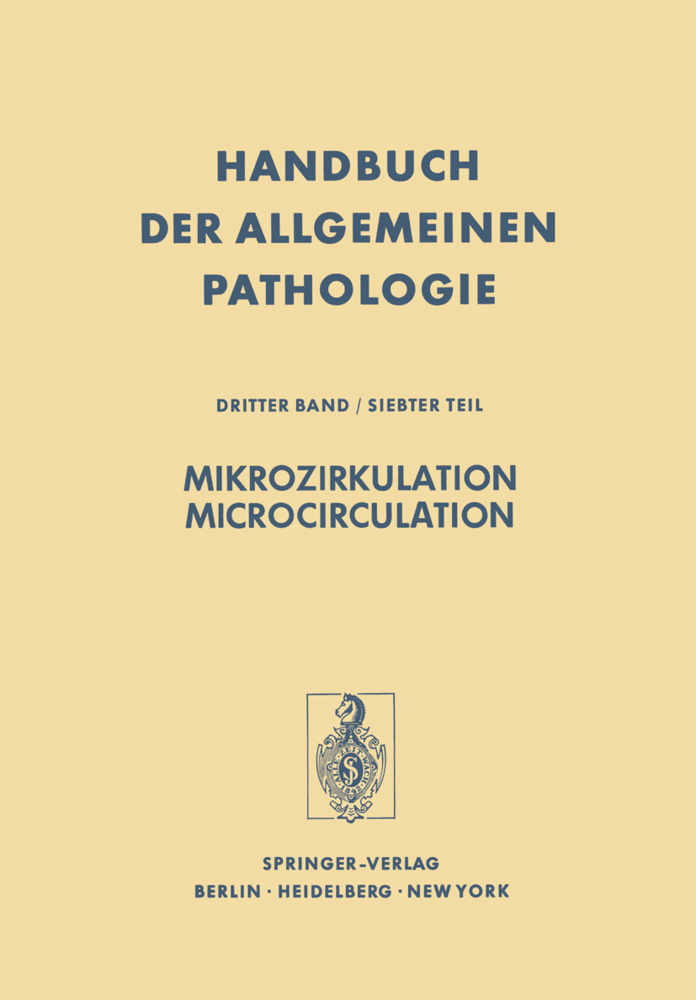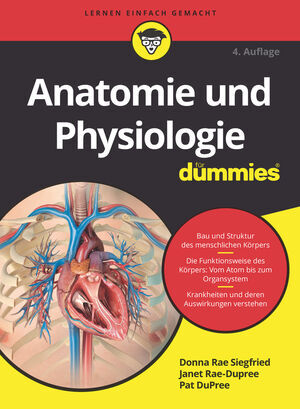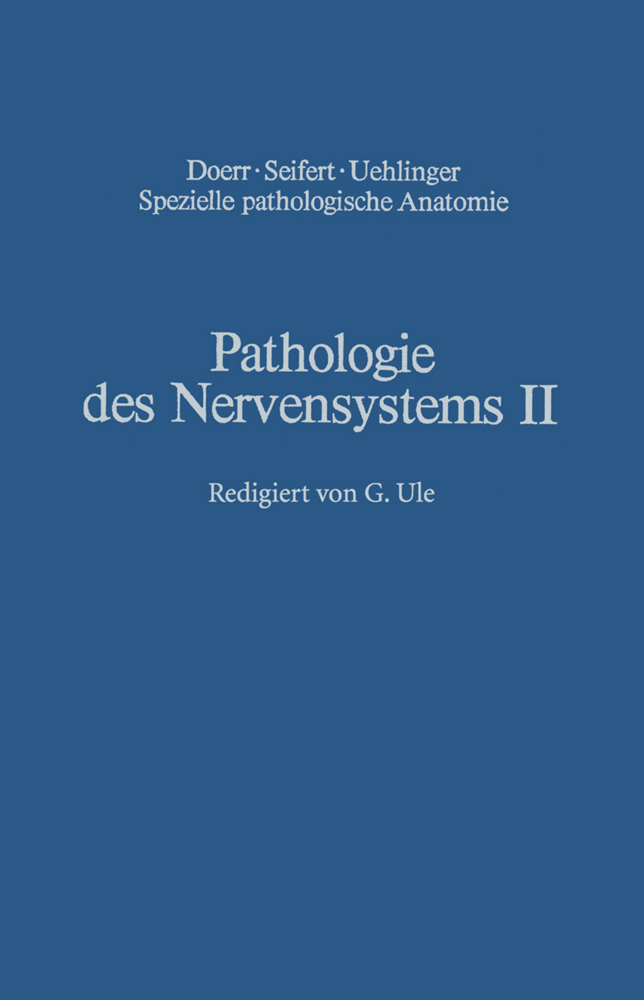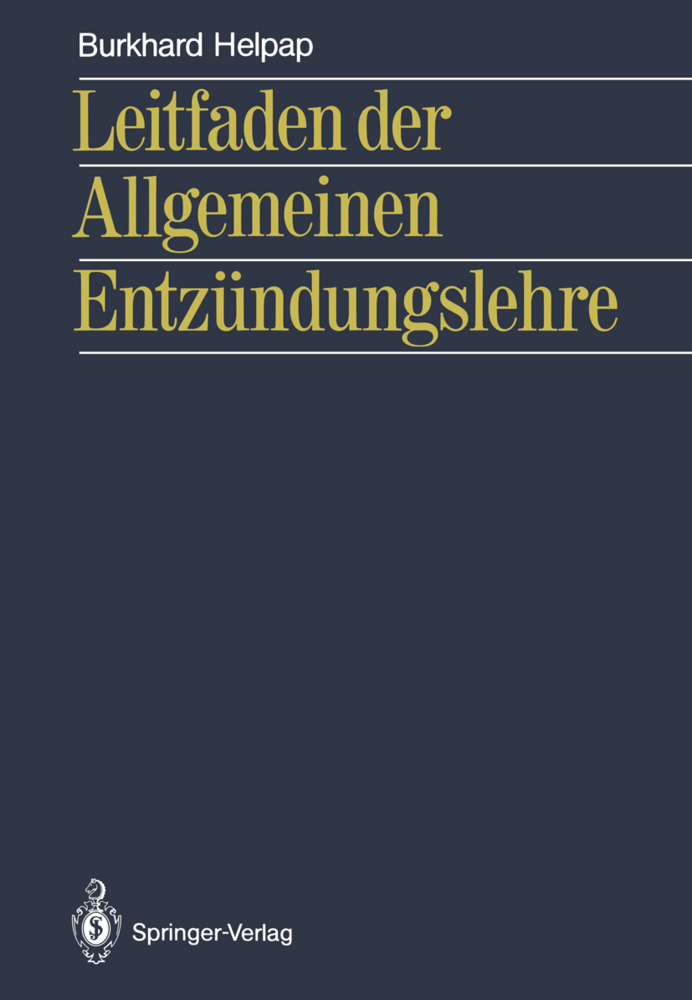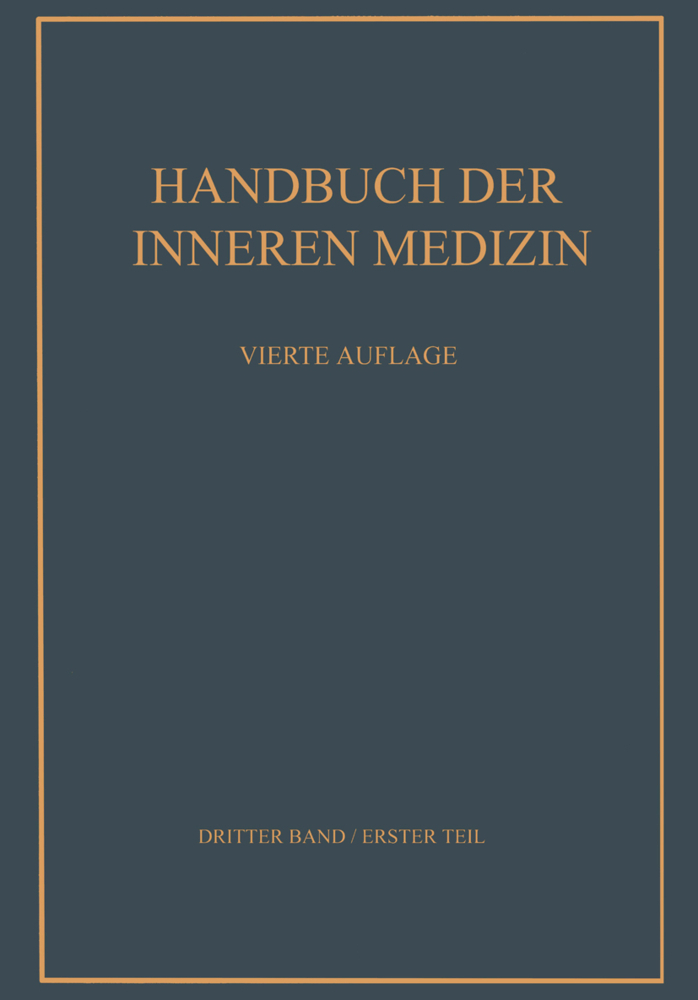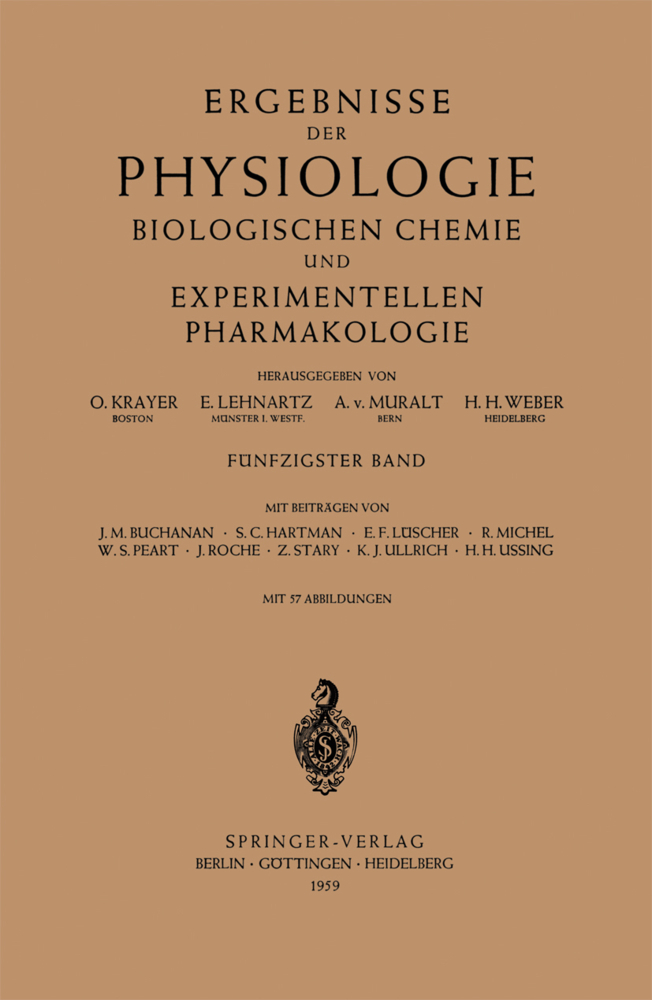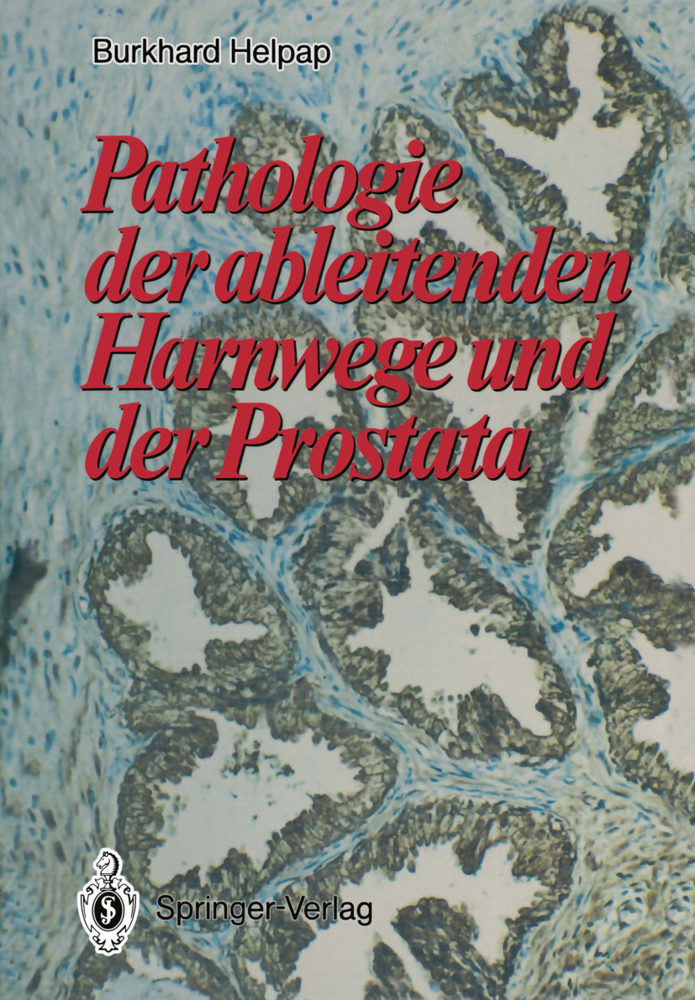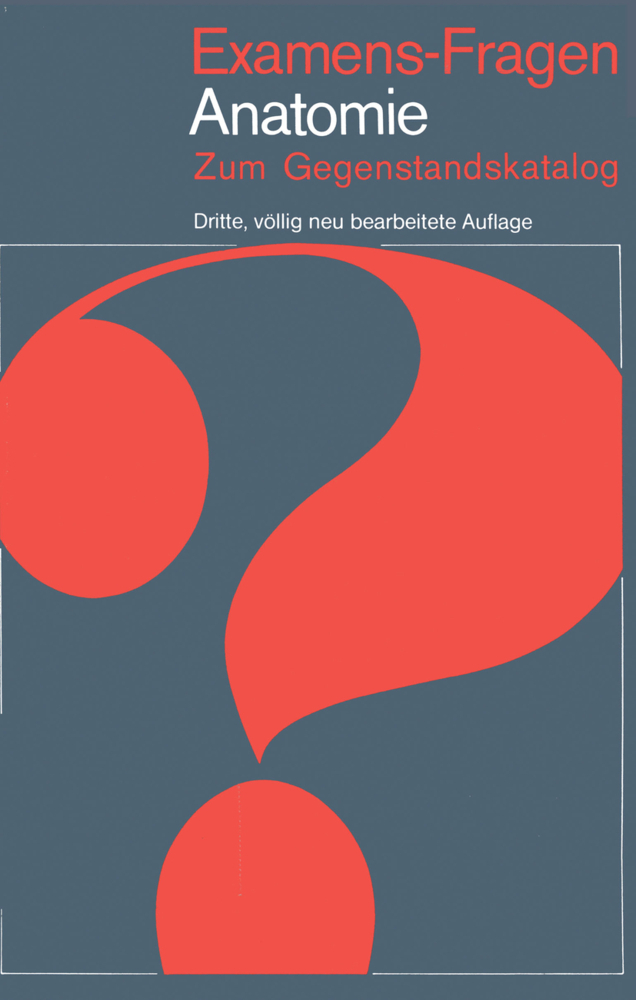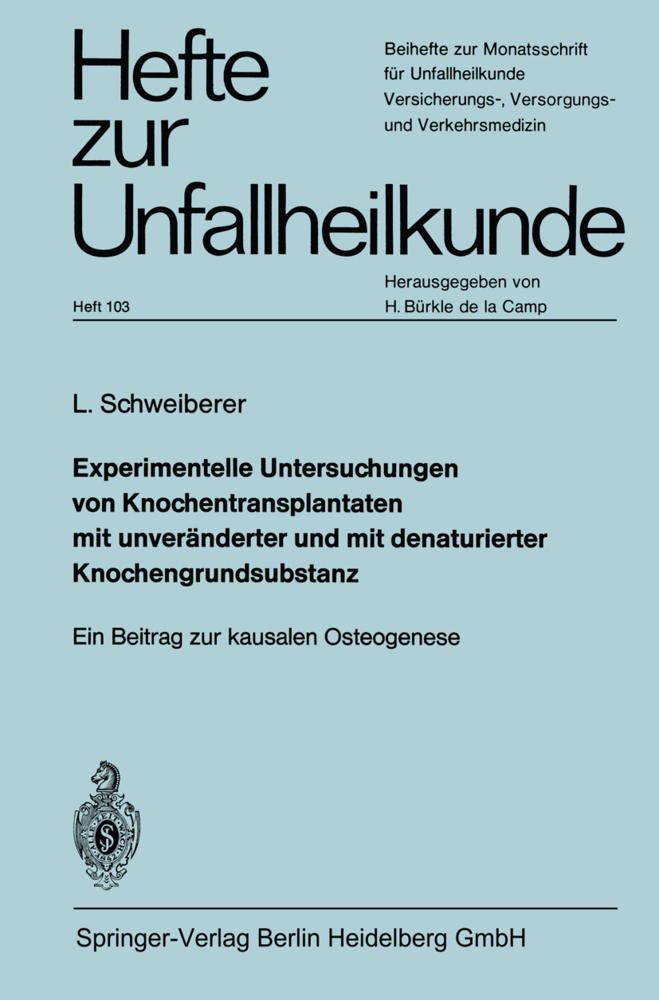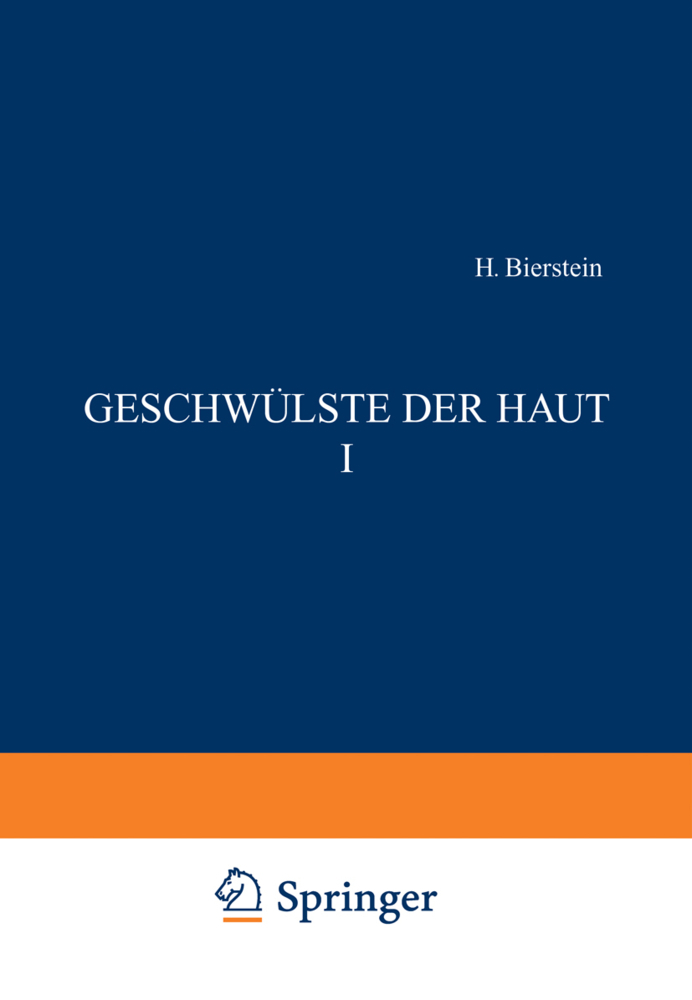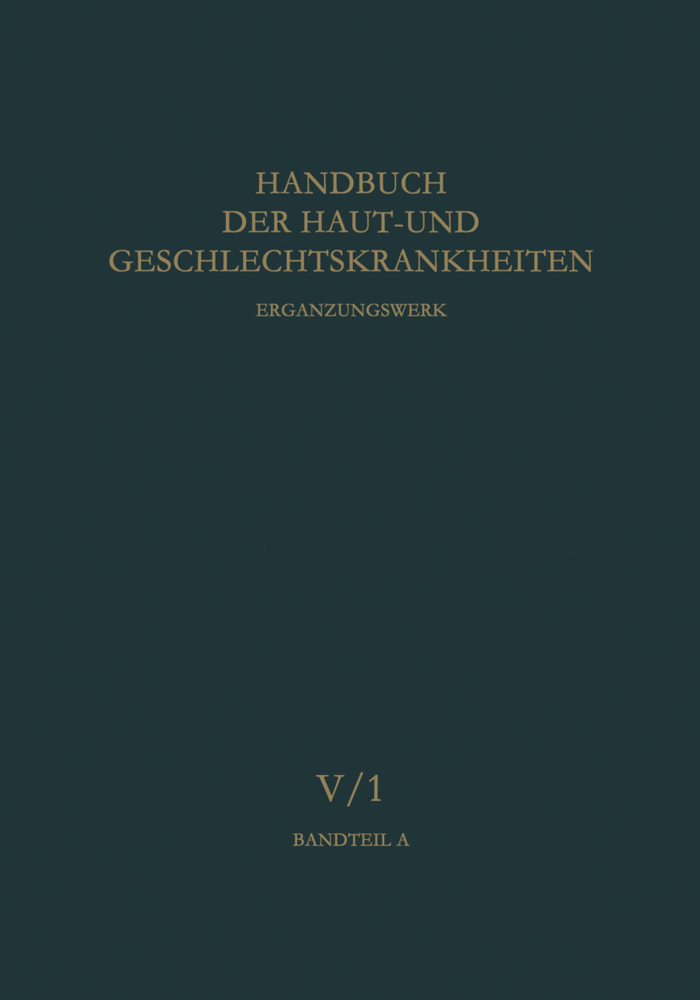Mikrozirkulation / Microcirculation
Mikrozirkulation / Microcirculation
GOETHE bemerkt in seinen "Maximen und Reflexionen": "Zur Verewigung des Irrtums tragen die Werke besonders bei, die enzyklopädisch das Wahre und Falsche des Tages überliefern. Hier kann die Wissenschaft nicht bearbeitet werden, sondern was man weiß, glaubt, wähnt, wird aufgenommen; deswegen sehen solche Werke nach fünfzig Jahren gar wunderlich aus. " Diese kritische Einstellung zum "Handbuch" hatte ich vor Augen, als ich mit den Vorbereitun gen für den Band "Mikrozirkulation" begann. Den Mut, dennoch ein nicht abgeschlossenes Werk vorzulegen, begründe ich damit, daß die Sorge, zur Ver ewigung des Irrtums beizutragen, für das heutige Verständnis der Wissenschaft nicht mehr gilt. Zwar halten manche Forscher daran fest - und das ist auch ihr gutes Recht - zu versuchen, einmal Erarbeitetes mit neuen Methoden oder durch ergänzende Befunde zu bestätigen und zu erhärten, im Grunde geben sie aber durch ihre weiteren Arbeiten zu - und sie sind auch darauf gefaßt -, daß jeder einzelne Befund, jede Grundlage und jede entwickelte Hypothese sich als falsch erweisen kann. Diese skeptische Grundhaltung der Forscher gegen über den Ergebnissen der Wissenschaft rührt daher, daß sie einerseits nicht mehr glauben, sich mit Hilfe der Wissenschaft jemals der Wahrheit direkt versi chern zu können, andererseits können sie Glauben im Sinne des Fest-für-wahr Haltens in der Wissenschaft nicht gelten lassen. In dem Bestreben, die Dinge kritisch und realistisch zu sehen, bemühen sich die theoretischen, d. h.
A. Angioarchitektonik, allgemein
B. Angioarchitektonik. spezielle
Literatur
Bau und Funktion der Blutkapillaren
A. Allgemeine Einleitung
B. Die Ultrastruktur der Blutkapillaren
Literatur
Hernodynamics of the Microcirculation. Physical Characteristics of Blood Flow in the Microvasculature
1. Introduction
2. Methodology: New Techniques for Quantitative Measurement of Hemodynamic Parameters in the Microcirculation
3. Morphometric Considerations
4. Distribution of Intraluminal Pressures Within the Microcirculation
5. Distribution of Flow Velocity and/or Volume Flow Within the Microcirculation
6. Bolus Flow in Capillaries
7. Transit Times of Cells and Plasma Through the Microcirculation
8. Distribution of Hematocrit Within the Microcirculation
References
Microrheology of Erythrocytes and Thrombocytes Blood Viscosity and the Distribution of Blood Flow in the Microcirculation
The Present State of Blood Rheology
Rheological Problems in the Microvasculature
Description of the Flow Conditions in vivo: Hydrodynamic Analysis of the Vascular Bed
Meaning and Measurement of the "Viscosity of Blood"
Blood Viscosity in vitro
Small Bore Tubes-The Fahraeus Effect
Analysis of Blood Microrheology : Observation, Photometry and Viscometry
Photometric Aggregometry
Factors Operational in Red Cell Aggregation
Shape and Deformation of Red Cells: The Concept of Conformational Instability
Disturbed Red Cell Deformability: Conformational Stability
"Blood Viscosity" in vivo
Blood Viscosity and Hemodynamics
Relative Rôle of Vasomotor and Viscosity Factors
Rheology of Intravascular Red Cell Aggregation and Dissociated Microvascular Perfusion: Stasis and Shunting.-Rheology of Thrombocytes
Rheological Factors in Platelet Aggregation and Fibrin Formation - Methodological Aspects
Interaction of Flow Forces with Platelet Convection, Collision, Interaction, Disruption
Rheological Aspects of Hemostasis and Thrombosis
Effects of Platelets on Fibrin Polymerization
Summary :Mixed Thrombotic Processes: Interaction of Red Cell and Platelet Aggregation with Fibrin Formation
References
The Interstitial Tissue Pressure and Microcirculation
A. Introduction
B. Structural Aspects of the Interstitial Space
C. Methods of Measuring the Interstitial Tissue Pressure
D. The Physiological Significance of Measuring the Interstitial Fluid Pressure
E. Summary and Conclusions
References
Exchange Processes in the Microcirculatory Bed
A. Fluid Movement through Membranes by Hydrostatic Forces
B. Movement of Substances through Membranes by Diffusion
C. The Movement of Fluids through Membranes by Osmotic Forces
D. The Movement of Fluids and Solutes through Membranes by Combined Hydrostatic and Osmotic Forces
E. Movement of Fluid through the Capillary Wall
F. The Movement of Solutes through the Capillary Wall
G. Exchange of Gases
Summary
References
Morphologische Reaktionsmuster der terminalen Strombahn
1. Einleitung
2. Die gestörte Barrierewirkung der terminalen Strombahn
3. Veränderter Stoffwechsel der Gefäßwand
4. Veränderter Gefäßinhalt
5. Schlußbetrachtungen
Literatur
Die allgemeine submikroskopische Pathologie der Endothelzellen und ihre Bedeutung für die Mikrozirkulation
A. Einleitung
B. Bemerkungen zur Ultrastruktur der Blutkapillaren
C. Allgemeine submikroskopische Pathologie des Kapillarendothels
D. Die Bedeutung der submikroskopischen Pathologie der Kapillarendothelienfür die Mikrozirkulation der Organe
E. Mikrozirkulation und Organpathologie
F. Summary and Conclusions
Literatur
Capillary Platelet and Fibrin Thrombosis
A. Introduction
B. Methods of Studying Thrombosis in Vivo
C. Experimental Microcirculatory Thrombogenesis in Animals
D. Microcirculatory Thrombosis in Human Disease
E. Comment
Addendum
References
Microcirculatory Changes in Myocardium with Particular Reference to Catecholamine-induced Cardiac Muscle Cell Injury
Objectives
A. General Review
B. Experimental Studies on Catecholamine-induced Cardiac Muscle Cell Injury
General Summary
Acknowledgement
References
Klinische Aspekte der Mikrozirkulationsstörungen unter besonderer Berücksichtigung des Schocks
A. Einleitung
B. Allgemeine Pathologie der Mikrozirkulationsstörung
C. Pathophysiologie der Mikrozirkulationsstörung
D. Schlußbetrachtung
Literatur
Namenverzeichnis / Author Index
Sachverzeichnis / Subject Index.
/ Contents
Angioarchitektonik der terminalen StrombahnA. Angioarchitektonik, allgemein
B. Angioarchitektonik. spezielle
Literatur
Bau und Funktion der Blutkapillaren
A. Allgemeine Einleitung
B. Die Ultrastruktur der Blutkapillaren
Literatur
Hernodynamics of the Microcirculation. Physical Characteristics of Blood Flow in the Microvasculature
1. Introduction
2. Methodology: New Techniques for Quantitative Measurement of Hemodynamic Parameters in the Microcirculation
3. Morphometric Considerations
4. Distribution of Intraluminal Pressures Within the Microcirculation
5. Distribution of Flow Velocity and/or Volume Flow Within the Microcirculation
6. Bolus Flow in Capillaries
7. Transit Times of Cells and Plasma Through the Microcirculation
8. Distribution of Hematocrit Within the Microcirculation
References
Microrheology of Erythrocytes and Thrombocytes Blood Viscosity and the Distribution of Blood Flow in the Microcirculation
The Present State of Blood Rheology
Rheological Problems in the Microvasculature
Description of the Flow Conditions in vivo: Hydrodynamic Analysis of the Vascular Bed
Meaning and Measurement of the "Viscosity of Blood"
Blood Viscosity in vitro
Small Bore Tubes-The Fahraeus Effect
Analysis of Blood Microrheology : Observation, Photometry and Viscometry
Photometric Aggregometry
Factors Operational in Red Cell Aggregation
Shape and Deformation of Red Cells: The Concept of Conformational Instability
Disturbed Red Cell Deformability: Conformational Stability
"Blood Viscosity" in vivo
Blood Viscosity and Hemodynamics
Relative Rôle of Vasomotor and Viscosity Factors
Rheology of Intravascular Red Cell Aggregation and Dissociated Microvascular Perfusion: Stasis and Shunting.-Rheology of Thrombocytes
Rheological Factors in Platelet Aggregation and Fibrin Formation - Methodological Aspects
Interaction of Flow Forces with Platelet Convection, Collision, Interaction, Disruption
Rheological Aspects of Hemostasis and Thrombosis
Effects of Platelets on Fibrin Polymerization
Summary :Mixed Thrombotic Processes: Interaction of Red Cell and Platelet Aggregation with Fibrin Formation
References
The Interstitial Tissue Pressure and Microcirculation
A. Introduction
B. Structural Aspects of the Interstitial Space
C. Methods of Measuring the Interstitial Tissue Pressure
D. The Physiological Significance of Measuring the Interstitial Fluid Pressure
E. Summary and Conclusions
References
Exchange Processes in the Microcirculatory Bed
A. Fluid Movement through Membranes by Hydrostatic Forces
B. Movement of Substances through Membranes by Diffusion
C. The Movement of Fluids through Membranes by Osmotic Forces
D. The Movement of Fluids and Solutes through Membranes by Combined Hydrostatic and Osmotic Forces
E. Movement of Fluid through the Capillary Wall
F. The Movement of Solutes through the Capillary Wall
G. Exchange of Gases
Summary
References
Morphologische Reaktionsmuster der terminalen Strombahn
1. Einleitung
2. Die gestörte Barrierewirkung der terminalen Strombahn
3. Veränderter Stoffwechsel der Gefäßwand
4. Veränderter Gefäßinhalt
5. Schlußbetrachtungen
Literatur
Die allgemeine submikroskopische Pathologie der Endothelzellen und ihre Bedeutung für die Mikrozirkulation
A. Einleitung
B. Bemerkungen zur Ultrastruktur der Blutkapillaren
C. Allgemeine submikroskopische Pathologie des Kapillarendothels
D. Die Bedeutung der submikroskopischen Pathologie der Kapillarendothelienfür die Mikrozirkulation der Organe
E. Mikrozirkulation und Organpathologie
F. Summary and Conclusions
Literatur
Capillary Platelet and Fibrin Thrombosis
A. Introduction
B. Methods of Studying Thrombosis in Vivo
C. Experimental Microcirculatory Thrombogenesis in Animals
D. Microcirculatory Thrombosis in Human Disease
E. Comment
Addendum
References
Microcirculatory Changes in Myocardium with Particular Reference to Catecholamine-induced Cardiac Muscle Cell Injury
Objectives
A. General Review
B. Experimental Studies on Catecholamine-induced Cardiac Muscle Cell Injury
General Summary
Acknowledgement
References
Klinische Aspekte der Mikrozirkulationsstörungen unter besonderer Berücksichtigung des Schocks
A. Einleitung
B. Allgemeine Pathologie der Mikrozirkulationsstörung
C. Pathophysiologie der Mikrozirkulationsstörung
D. Schlußbetrachtung
Literatur
Namenverzeichnis / Author Index
Sachverzeichnis / Subject Index.
Boutet, M.
Fuchs, U.
Gaethgens, P.
Gauer, O. H.
Hammersen, F.
Heene, D. L.
Hüttner, I.
Kirsch, K.
Lang, J.
Lasch, H. G.
Lübbers, D. W.
Mason, R. G.
Poche, R.
Rona, G.
Schmid-Schönbein, H.
Sharp, D. E.
Meessen, H.
| ISBN | 978-3-642-66391-8 |
|---|---|
| Medientyp | Buch |
| Copyrightjahr | 2011 |
| Verlag | Springer, Berlin |
| Umfang | XXIV, 1140 Seiten |
| Sprache | Deutsch, Englisch |

